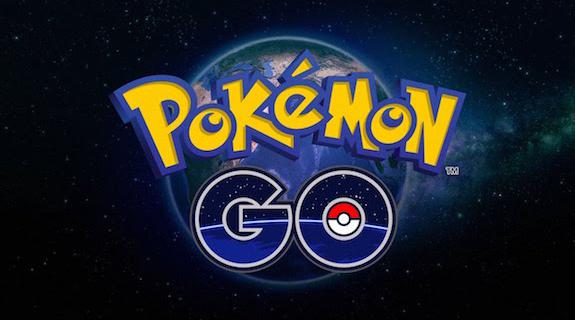All of those people walking around malls, parks and your neighborhood staring at their phones are evidence of a craze that seemed to come out of nowhere: Pokémon Go. It’s arguably the first example of augmented reality catching on, and that has significance for marketers.
The mobile app takes advantage of smart phones’ GPS and camera features to locate Pokémon characters in the real world. Players navigate to those places to catch the little digital beasts by throwing a digital ball at them. Obviously, the characters aren’t really there, but they show up on the phone’s camera, allowing players to take pictures of them.
Already, the many applications of this technology are becoming clear to marketers. Certain locations — parks, churches, shopping malls — show up in the game as “gyms,” or Pokéstops, places where players can gather to battle each other. Why shouldn’t those places be your neighborhood Starbucks or watering hole, with local merchants paying the app to attract new customers?
Over the weekend, merchants who were paying attention already started offering specials to players, such as CitySen Lounge (pictured below):

Or Liberty in Long Beach, Calif., which found itself a Pokéstop and offered players a 15 percent discount if they dropped a “lure” on the location. Lures, which are in-game purchases, create the ability to find more Pokémon monsters, thus drawing more players to the spot.

So far, merchant participation is entirely organic, but it could become much more commercial as the game goes. The company behind Pokémon Go, Google spin-off Niantic Labs told the New York Times that opportunities for sponsored locations are planned for later.
“The game’s real-world nature also gives Niantic another intriguing moneymaking possibility, by charging fast-food restaurants, coffee shops and other retail establishments to become sponsored locations where people are motivated to go to pick up virtual loot,” the Times reported.
From a TV marketing perspective, this new twist on augmented reality offers something to think about.
“I’ve always loved the idea that we could do a massively public treasure hunt together using the web and mobile. But it took over ten years since I first saw this idea to have it really happen,” wrote blogger Fred Wilson on his AVC blog.
San Diego Comic-Con is coming up and already attendees are powering up their phones, planning to dress up like Pokémon characters and play the game in the city’s Gaslamp District during the Con.
On the flip side, getting in early on this action could have its pitfalls. Gizmodo catalogued all the strange places Pokémon Go is sending people, and some of those may not be places with which brands would want to be associated.
Perhaps ironically, Niantic did very little to market what became iTunes’ top-grossing app in history mere hours after it became available last Wednesday, reports Ad Age. It did the same on Google Plus by Sunday, July 10.
Last September, Niantic released a trailer promoting the game and at gaming conference E3 in June it discussed the game, including a wearable people can buy that alerts them to a Pokémon’s presence. On release day, Niantic tweeted the release (below) and things took off from there.
Break out the sneakers and Poké Balls! #PokemonGO is now available in the US, Aus and NZ! pic.twitter.com/2wpL88LSIb
— Niantic (@NianticLabs) July 7, 2016
READ MORE: The New York Times, GeoMarketing, Ad Age
[Cube and CitySen image courtesy of GeoMarketing; La Bomba Vintage photo courtesy of David Tilove]
Tags:













































__twocolumncontent.jpg)











